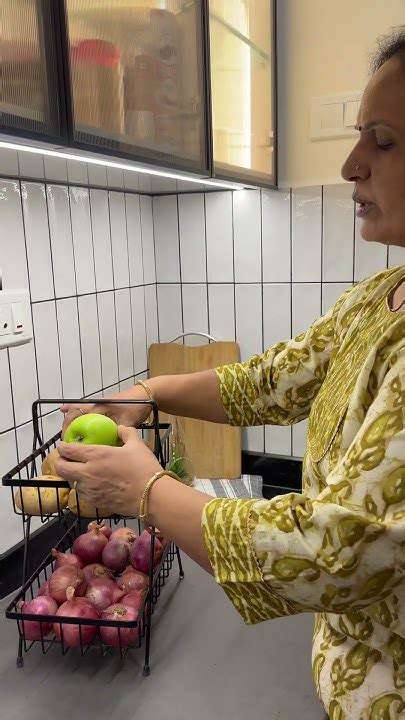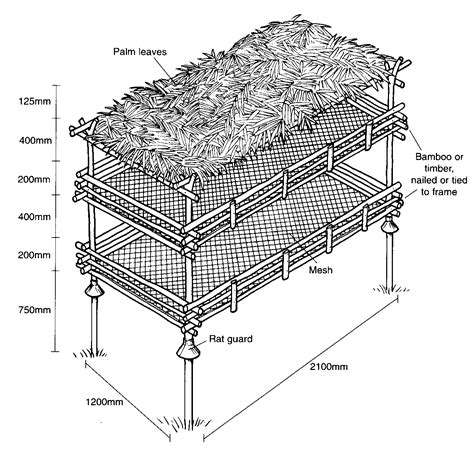How to Store Onions: Prevent Sprouting
Jun 25, 2025 / btwgardenmachine/
Preventing Sprouting: Tricks and Techniques

Preventing Sprouting: Understanding the Triggers
Sprouting, the unwelcome emergence of shoots from stored potatoes, onions, and other root vegetables, is a common kitchen frustration. To combat this, it's essential to grasp what kickstarts the process. Excessive moisture and warmth act as the main instigators, awakening dormant buds hiding within the vegetables. These tiny buds, often called eyes, are what eventually grow into those unwanted sprouts.
Keeping tabs on your storage area's climate is vital. While different vegetables have their own preferences, most thrive in cool, arid spaces. Steady temperature and humidity levels help keep these buds asleep, effectively stopping sprouts before they start.
Storage Techniques for Long-Term Preservation
How you store your produce makes all the difference. Sealed containers or chilly, shaded spots work wonders by cutting off light and dampness - two major sprout catalysts. Materials like paper bags or mesh containers strike a balance, permitting just enough air flow to manage moisture. Smart storage is your best defense against premature sprouting.
The Role of Light and Darkness
Many don't realize how much light affects sprouting. Even ambient lighting can jumpstart the growth cycle. Tucking vegetables away in dark, cool corners dramatically lowers sprouting odds since darkness helps maintain dormancy.
Simply keeping produce away from windows or bright kitchen lights makes a noticeable difference. The absence of light serves as nature's pause button for vegetable growth.
Temperature Control and Humidity Management
Keeping things cool is non-negotiable for storage success. Vegetables generally prefer chillier temps to stay fresh longer. Your refrigerator or a cool pantry creates the ideal environment, offering stable conditions that discourage sprouting. Heat waves can shock vegetables into growing mode, accelerating unwanted sprout development.
Managing moisture is equally critical. Damp conditions provide the perfect breeding ground for sprouts. Silica gel packets help absorb excess humidity, while proper air flow in storage areas prevents moisture buildup.
Using Preservatives and Other Strategies
While some turn to chemical treatments to prevent sprouting, these can introduce unwanted substances to your food. Natural storage solutions - focusing on cool, dry conditions - often prove more effective and safer. These methods provide reliable sprout prevention without chemical intervention.
The best approach varies by vegetable type and personal circumstances, so don't hesitate to experiment. Different produce may need slightly different handling. Success comes from understanding your specific vegetables and adapting your storage approach accordingly.
Proper Onion Handling: Before, During, and After Harvest
Before Harvest
Quality onion storage starts in the field. Regular irrigation, particularly during bulb formation, ensures proper development. The right soil - well-draining to prevent rot - and proper plant spacing for air circulation help avoid fungal issues. These growing conditions directly affect how well onions will keep after harvest.
Selecting appropriate varieties matters too. Onion types vary in their storage potential, so choosing wisely based on your climate and needs pays off later. Researching your selected variety's ideal growing conditions leads to better harvest timing and storage performance.
During Harvest
Timing is everything when harvesting onions. Look for firm bulbs with golden-brown skins - the sweet spot between underdeveloped and overmature. Handle them gently to avoid bruising, which can lead to storage problems. After lifting, remove excess dirt but skip washing; moisture at this stage invites trouble.
Let freshly harvested onions cure in an airy space for several days. This critical step strengthens their protective layers and prepares them for storage.
After Harvest - Curing
Curing transforms freshly harvested onions into storage-ready bulbs. The process dries them thoroughly, building resistance to rot. Choose a ventilated area out of direct sunlight for proper curing - too much heat can cause overdrying.
Onion Storage - Optimal Conditions
Well-cured onions keep best in cool (32-40°F/0-4°C), dry spaces with good air movement. Humidity control is crucial to prevent mold. Mesh bags or ventilated containers allow proper air circulation around each bulb.
Preventing Onion Rot and Pests
Regular storage inspections catch problems early. Watch for soft spots, odd colors, or pest activity. Remove compromised onions immediately to protect the rest. Proper conditions and vigilance are your best protection against storage disasters.
Variety Selection and Storage Length
Not all onions store equally. Yellow varieties typically outlast white ones, with some types specifically bred for extended storage. Knowing your onion's storage potential helps with planning and ensures you enjoy them as long as possible.
